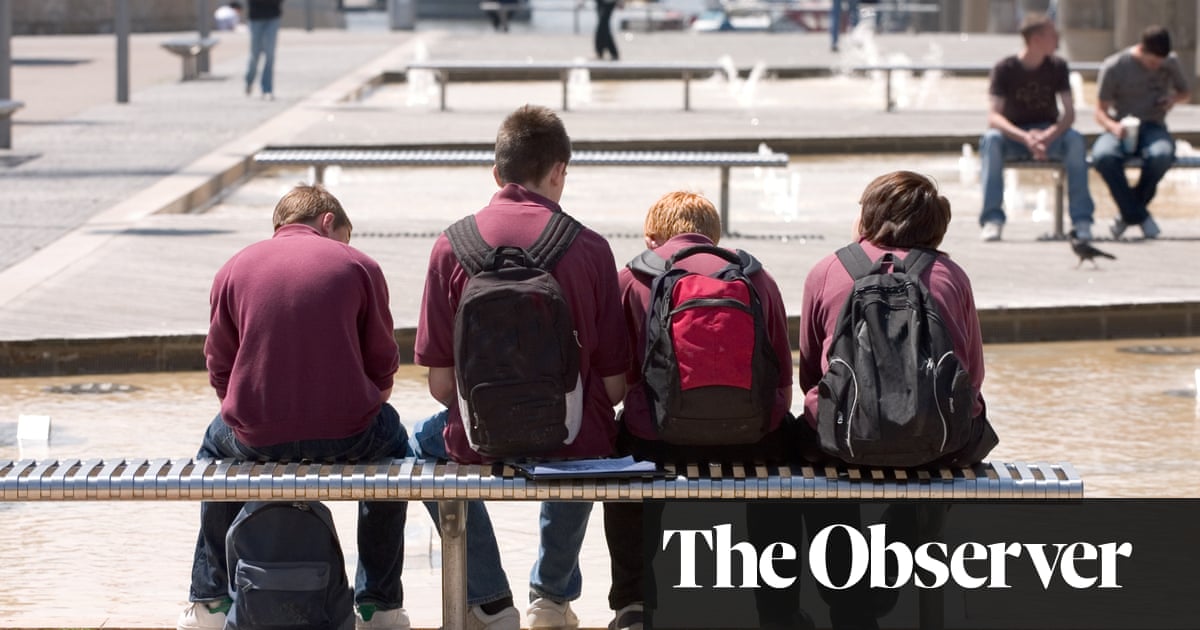
The governor said the disaster was unprecedented
Nearly 80 people have died in the past three weeks in floods described as the worst since the 1940s
JEDDAH: Iranian authorities ordered nearly 70,000 people to flee their homes on Wednesday as floodwater poured into the city of Ahvaz, capital of Khuzestan province.
Provincial governor Gholamreza Shariati pleaded for young men to volunteer to “help us in building dykes and to assist in the evacuation of women, children and the elderly.”
The governor said the disaster was unprecedented. “The Dez and Karkheh rivers have for the first time joined each other near Ahvaz and are now flowing toward the city,” he said.
“These two rivers are far away from each other, but the huge volume of floodwater caused them to join up.”
Nearly 80 people have died in the past three weeks in floods described as the worst since the 1940s, devastating about 1,900 cities and villages in 20 of Iran’s 31 provinces.
The northeast was first swamped on March 19 before the west and southwest were hit on March 25. On April 1, the west and southwest were again swamped by floods when heavy rain returned.
The huge inflow of water forced authorities to release large volumes of water from Khuzestan province’s largest dams, which is now threatening some of the cities downstream, including the Ahvaz region, where 1.3 million people live.
The disaster has left aid agencies struggling to cope, and the armed forces have been deployed to help victims. Emergency services have been left scrambling to prevent further loss of life and to provide relief to flood-stricken residents.
“Delivering food and hygienic goods to camps is our primary priority and we have provided emergency accommodation for about 44,000 people,” said Morteza Salimi, the Iran Red Crescent’s head of Relief and Rescue.
In the city of Susangerd, swamped by floodwater, people are living in tents on the roofs of their homes as what had previously been roads were turned into canals.
Red Crescent helicopters were providing food and basic goods to regions cut off by floods, with villagers rushing to receive the help as they approached.
Iran’s leaders have been widely criticized for their response to the flooding and the loss of life. “Clearly the regime was caught unaware and unprepared for the disaster,” said Borzou Daragahi, of the Atlantic Council’s Middle East Security Initiative.
“Mostly bigwigs showed up at the flood zone for infuriating photo ops, in what will likely be remembered throughout Iran as the country’s Hurricane Katrina moment.”












